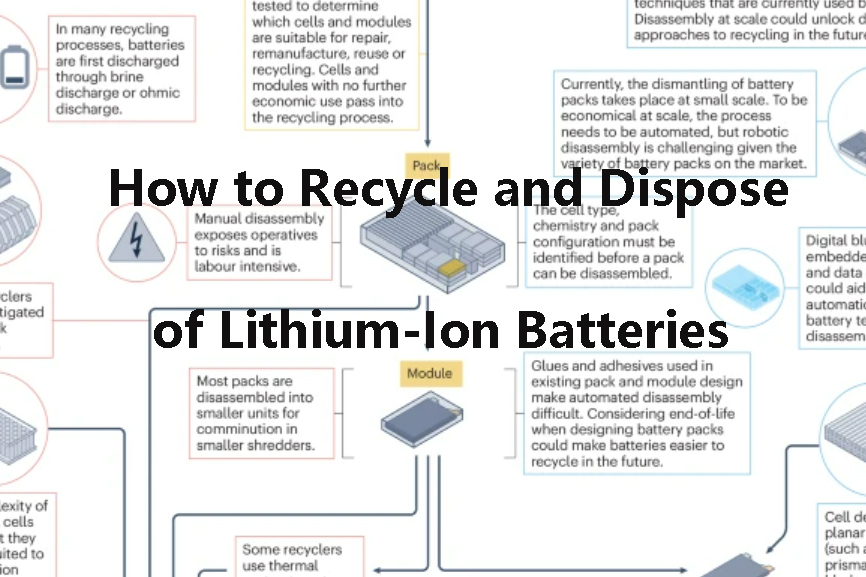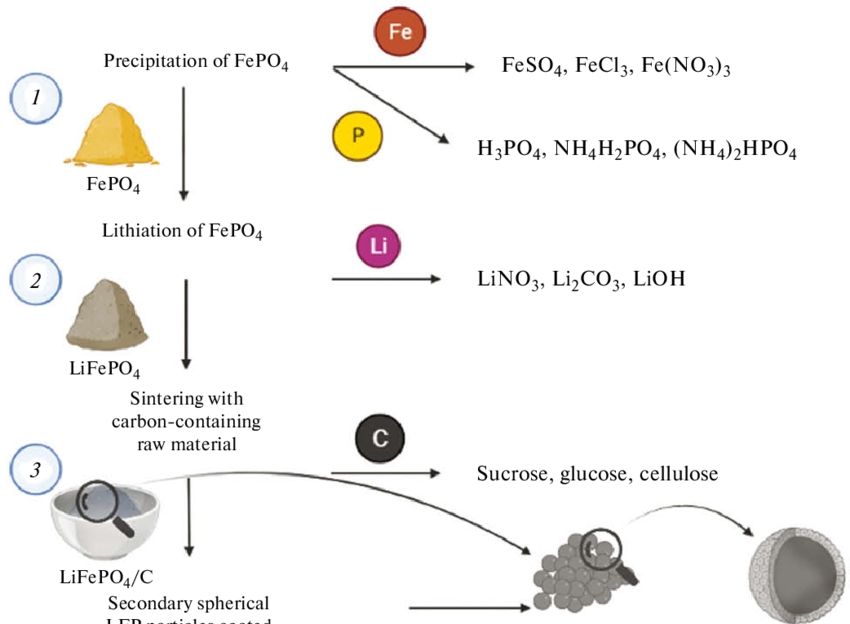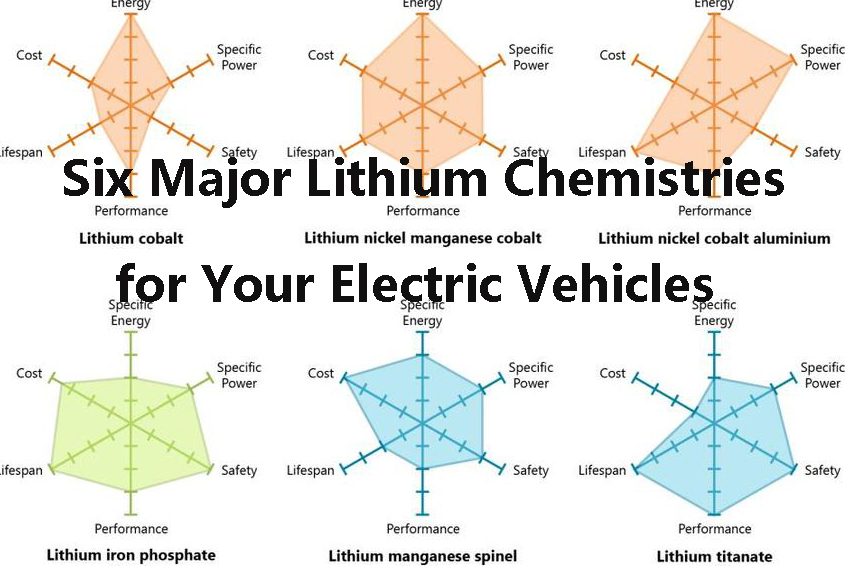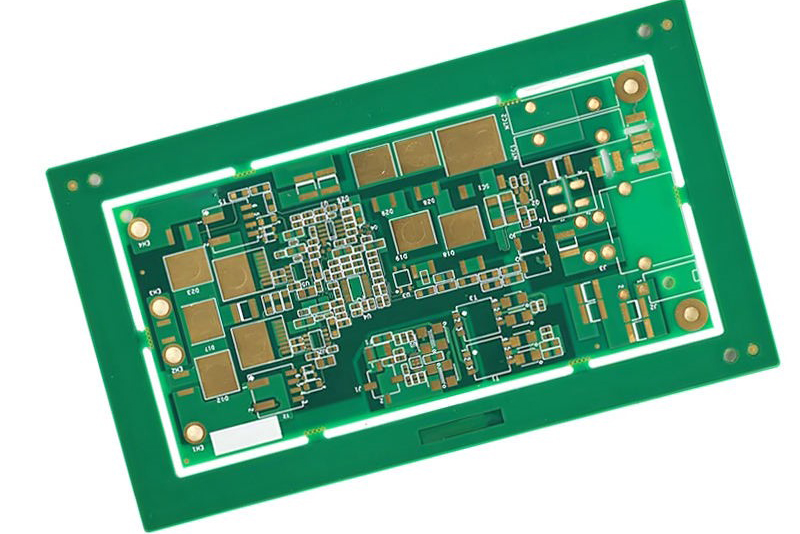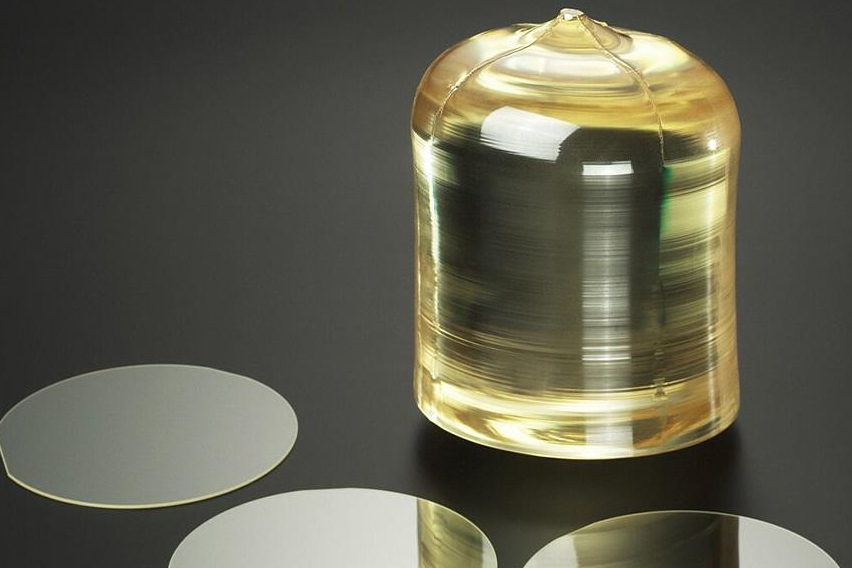
Lithium Iron Phosphate Powder for Batteries
Introduction
Lithium Iron Phosphate Powder (LiFePO₄ or LFP) has been recognized as one of the most reliable and cost-effective cathode materials available. Its unique combination of thermal stability, safety, long cycle life, and chemical hardness has positioned it as the choice candidate for a wide range of energy storage applications, electric transport, and personal electronics.
At Stanford Electronics, we specialize in delivering high-purity LiFePO₄ powder to meet the rigorous needs of battery manufacturers across the world. The following article offers a detailed exposition on the properties, applications, and usability of LiFePO₄ underpinned by an actual case study.
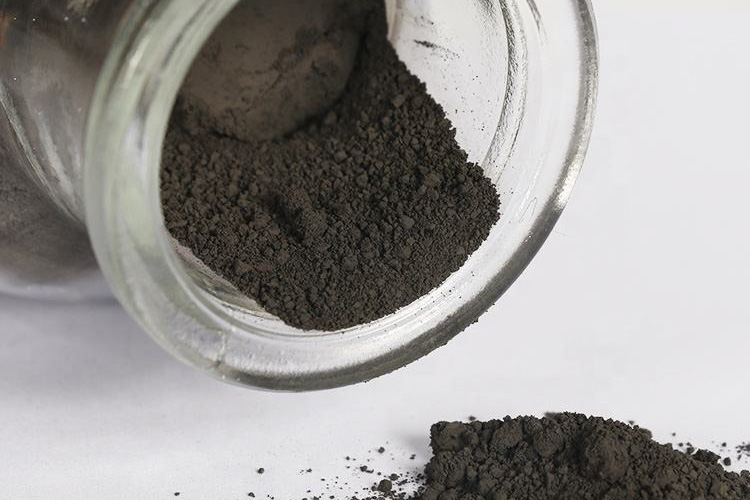
Case Study: Lithium Iron Phosphate Powder for Energy Storage and Batteries
--The Challenge
A battery manufacturer approached Stanford Electronics with the goal of manufacturing lithium-ion batteries of high efficiency to be applied in portable and industrial uses. The client required LiFePO₄ powder that would offer maximum energy density, enhance charge/discharge rates, and enhance cycle life.
--The Solution
We advised the customer to select a smaller particle size range (1–10 µm). Small particles deliver greater surface-area-to-volume ratio, which allows lithium-ion diffusion at an accelerated pace, hence boosting charge/discharge efficiency.
Different crystal structures of LiFePO₄—orthorhombic (OLP) and monoclinic (MLP)—affect performance characteristics. We guided the customer to choose a crystal structure compatible with their processing route and target battery characteristics, for example, operating voltage and thermal response.
We supplied ultrafine meter-grade LiFePO₄ powder with limited size distribution and high surface activity. This significantly enhanced electrochemical reaction sites, leading to higher energy density and improved capacity retention after hundreds of cycles.
Our production process ensures excellent material homogeneity and extremely low impurities (<0.05%), which are critical to the provision of stable performance and low self-discharge in commercial battery cells.
--The Results
By following these recommendations, the customer was successful in developing a battery product that exhibited:
•Improved initial capacity
•Better rate performance
•Stable cycling for 2000+ cycles
•Better thermal and chemical safety
What Is Lithium Iron Phosphate Powder?
Lithium Iron Phosphate (LiFePO₄) is a type of inorganic solid material with the formula LiFePO₄, whose appearance is gray, reddish-gray, brown, or black powder. It is insoluble in water, environmentally friendly, and heat-resistant and hence a safe and environmentally friendly choice for battery production.
What is Lithium Iron Phosphate Powder Used for in Energy Storage and Batteries?
LiFePO₄ is the main active material in Lithium Iron Phosphate batteries, a sub-type of lithium-ion battery. They have been widely used in:
•Electric vehicles (EVs)
•Solar power storage systems
•Grid-scale energy storage plants
•Backup power systems
•Portable electronic devices
Conclusion
Lithium Iron Phosphate Powder has solidified its position as a key material in the development of modern energy storage technologies. With its unique combination of safety, stability, and longevity, it's a bestseller for large-scale energy and portable energy applications.
Here at Stanford Electronics, we provide high-purity, customized LiFePO₄ powders with engineered particle size, crystal structure, and chemical composition to match a wide range of application demands.
Whether you're developing batteries for electric vehicles, grid energy storage, or consumer electronics, our technical expertise and premium materials will power your innovation. Contact us now for technical guidance or to request a sample of Lithium Iron Phosphate Powder for your next venture.

